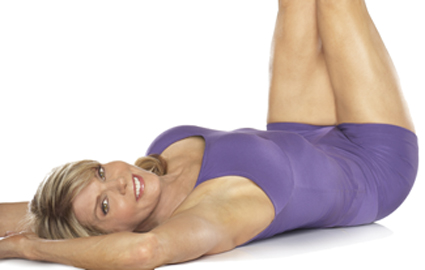Foot Care Matters.
It’s easy to take our feet for granted. After all, it doesn’t take much to put one foot in front of the other. But when foot issues start to arise, we suddenly realize their importance. Our feet are the foundation of our bodies, keeping us balanced and taking us where we need to go so we can enjoy full and healthy lives.
Think about all the work our feet are doing. When we’re active, they make contact with the ground 1,000s of times a day. That’s a lot of pressure on our heels, muscles, and underlying tendons and ligaments – especially for those of us over 40 years whose protective pads of fat under the toes, ball of the foot and heel begin to thin.
So while a certain amount of wear and tear will happen naturally with age, there are plenty of actions you can take to protect your feet, according to the Institute for Preventive Foot Health. Here are some important steps to follow to make sure your steppers are their healthiest:
1. Daily Foot Care
- Wash and dry your feet thoroughly every day using mild soap (and make sure you don’t neglect that between-the-toes area).
- Start with padded socks that fit properly. Studies have shown that wearing clinically-tested padded socks can help prevent injuries to the skin and soft tissue of the foot (check out www.ipfh.org for details). Pair those with shoes that have non-slip outsoles. And, of course, don’t forget any inserts or orthotics recommended by your doctor or foot health professional. Think of your socks, shoes, inserts and orthotics as a team that works together as part of a system.
- Change your padded socks daily, or more frequently if you’re active and/or if your feet perspire heavily. IPFH suggests an acrylic or acrylic blend fiber option – these help wick moisture away from your feet and reduce the risk of athlete’s foot or blisters.
- Keep your shoes clean – inside AND out.
- If you can, give your shoes time to dry out (especially if you’re active) by rotating shoes so that you don’t wear the same pair two days in a row.
- Avoid going barefoot in public areas, especially in gyms and spas. If you do go barefoot, be sure to wash your feet carefully afterward.
2. Toenail Care
- Trim your toenails regularly (at least every two weeks), cutting them straight across (not on a curve). Use an emery board to file down sharp edges.
- Make sure your nail clippers are clean by sanitizing them periodically with alcohol.
- If you have trouble reaching your toenails, or if you have diabetes or neuropathy (loss of sensation in your feet), don’t attempt to cut toenails yourself. Visit a foot health professional to ensure you don’t create further health issues.
- If your toenails are discolored, see a foot health professional, and don’t put nail polish or lacquer on them until the problem has been resolved.
3. Daily Foot Inspection
- Check your toenails and the tops and bottoms of your feet – as well as in between your toes – for any of the following:
- Bumps, lumps, blisters or bruises.
- Cuts, sores, or cracked skin. (Even the tiniest crack can lead to an infection!)
- Temperature differences (when one part of the foot is warm and the other is cold). This might signal a lack of blood flow.
- Pain, tingling, numbness or no feeling at all – all of which could be a sign of nerve problems.
- Ingrown toenails with red, puffy skin along the nail and tenderness or pain.
- Loss of hair on foot or leg – this can indicate circulation issues.
- Having trouble seeing the bottom or other parts of your feet? Use a mirror to help.
- If your feet hurt, try to identify the source so that you can manage it appropriately.
- If you’re unable to tell what’s causing the pain – or it doesn’t go away on its own – consult a doctor or foot health professional. Remember that, if ignored, minor issues can turn into major ones. So make an effort to take care of your “dogs” before they start “barking!”
If you’d like to take your foot care seriously, check out my friends over at Thorlo.
For more information on preventive foot health, visit www.IPFH.org.








